A refugee said "I cannot go back to my country because of the following points: 1. Imprisonment and Persecution 2. Torture and punishment 3. Electric torture 4. Beating with the stick on the feet (corporal punishment) 5. threatening me to be killed 6. Lack of human rights organizations which can lobby against human rights violation in the country. 7. Threatening to abuse my family members. 8. Demolition of my house. Due to all that I can’t go back".
Home Page
-
توقيع اتفاق سلام بين اطراف النزاع في الزاوية - لقد وقعت اطراف النزاع في الزاوية صلحا بموجبة تقف الحرب وتنتهي وهذا بفضل الله .. لكن هناك قنبلة وضعت في برميل قمامة في الشارع امام المحلات وعندما ارادوا ا...
-
استنكار لقانون التشهير والقذف في ليبيا - *منظمة الراية لحقوق الانسان* *E mail : **arayahro@yahoo.ie* *Blog: arayaarabic.blogspot.com* *التاريخ/ 01/01/2014 * *رقم اشاري / 0001177* *إستنكار* *لق...
-
-
Apr 24, 2009
WOMEN FACING MULTIPLE FORMS OF DISCRIMINATION
Racism and related intolerance do not affect all members of victim groups in the same way. The Durban Declaration and Programme of Action (DDPA) focused attention on the issue of multiple, or aggravated, forms of discrimination, which are most significantly experienced by female members of discriminated groups, but which are also suffered by persons with disabilities, persons affected by HIV/AIDS, children and the elderly, among others. These are often among the most vulnerable members of society, and are at greater risk of economic hardship, exclusion and violence; discrimination against them is often compounded.
The intersection of discrimination based on race and gender has the most widespread effects. Although this intersection had long been ignored, the 1995 Fourth World Conference on Women, held in Beijing, recognized that “Many women face additional barriers to the enjoyment of their human rights because of such factors as their race, language, ethnicity, culture, religion, disability or socio-economic class or because they are indigenous people, migrants, including women migrant workers, displaced women or refugees.”
In the DDPA, states declare they “Are convinced that racism, racial discrimination, xenophobia and related intolerance reveal themselves in a differentiated manner for women and girls, and can be among the factors leading to a deterioration in their living conditions, poverty, violence, multiple forms of discrimination, and the limitation or denial of their human rights.” States further recognized “the need to integrate a gender perspective into relevant policies, strategies and programmes of action against racism, racial discrimination, xenophobia and related intolerance in order to address multiple forms of discrimination.”
Equality and non-discrimination
The principles of equality and non-discrimination form the basis of all human rights instruments. It is therefore clear that as a matter of human rights law, all women must be entitled to the full enjoyment of their human rights. Women are not a homogenous group of rights holders and discrimination against them can be expressed in many different forms and contexts. In order to protect, promote and advance women’s human rights, advocates and policy makers must take into account differences among women with respect to age, socio-economic status, racial/ethnic background, religion, national origin, citizenship, status, health, particularly HIV/AIDS, and disability among others. Among the most disadvantaged and vulnerable are women from minority communities, whose problems are compounded by their uniquely disadvantaged positions in society.
The majority of the world’s poorest people are women, who are further affected by discrimination if they belong to minority groups. Women suffer disproportionately from discriminatory labour practices and are frequently forced into underground or informal sectors. Members of racially discriminated groups do not enjoy equal access to health, education or justice, and such access is further limited for women.
The intersection of discrimination based on race and gender has the most widespread effects. Although this intersection had long been ignored, the 1995 Fourth World Conference on Women, held in Beijing, recognized that “Many women face additional barriers to the enjoyment of their human rights because of such factors as their race, language, ethnicity, culture, religion, disability or socio-economic class or because they are indigenous people, migrants, including women migrant workers, displaced women or refugees.”
In the DDPA, states declare they “Are convinced that racism, racial discrimination, xenophobia and related intolerance reveal themselves in a differentiated manner for women and girls, and can be among the factors leading to a deterioration in their living conditions, poverty, violence, multiple forms of discrimination, and the limitation or denial of their human rights.” States further recognized “the need to integrate a gender perspective into relevant policies, strategies and programmes of action against racism, racial discrimination, xenophobia and related intolerance in order to address multiple forms of discrimination.”
Equality and non-discrimination
The principles of equality and non-discrimination form the basis of all human rights instruments. It is therefore clear that as a matter of human rights law, all women must be entitled to the full enjoyment of their human rights. Women are not a homogenous group of rights holders and discrimination against them can be expressed in many different forms and contexts. In order to protect, promote and advance women’s human rights, advocates and policy makers must take into account differences among women with respect to age, socio-economic status, racial/ethnic background, religion, national origin, citizenship, status, health, particularly HIV/AIDS, and disability among others. Among the most disadvantaged and vulnerable are women from minority communities, whose problems are compounded by their uniquely disadvantaged positions in society.
The majority of the world’s poorest people are women, who are further affected by discrimination if they belong to minority groups. Women suffer disproportionately from discriminatory labour practices and are frequently forced into underground or informal sectors. Members of racially discriminated groups do not enjoy equal access to health, education or justice, and such access is further limited for women.
Subscribe to:
Post Comments (Atom)

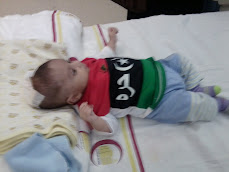


























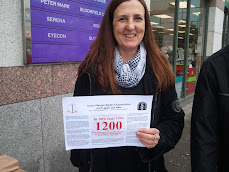

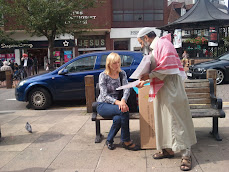
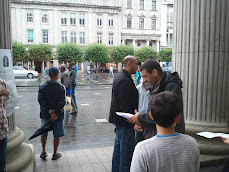
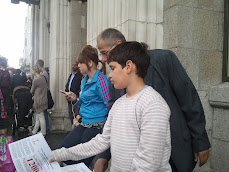





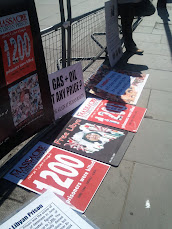
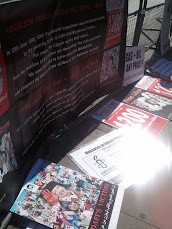















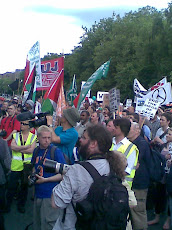












No comments:
Post a Comment